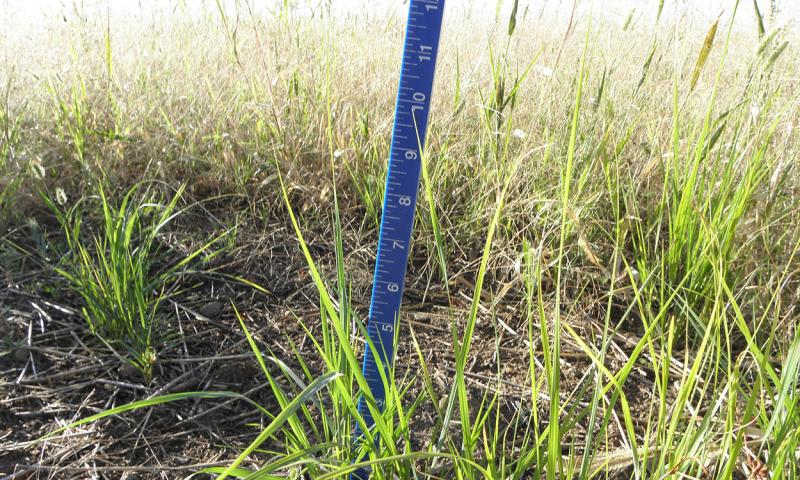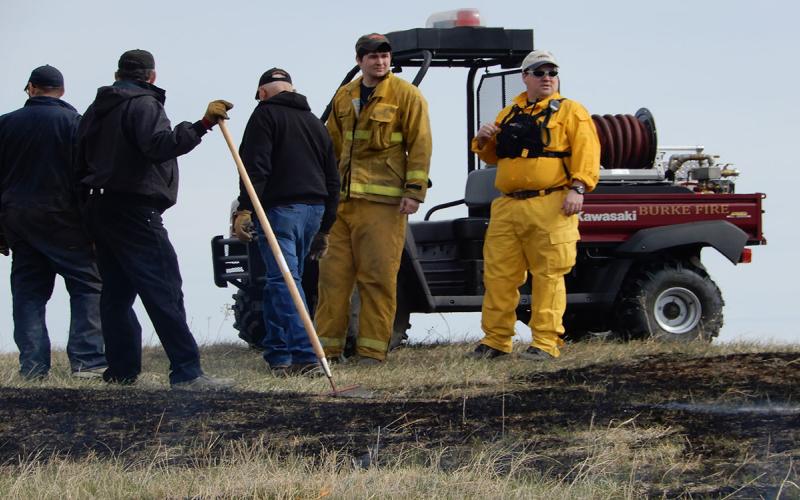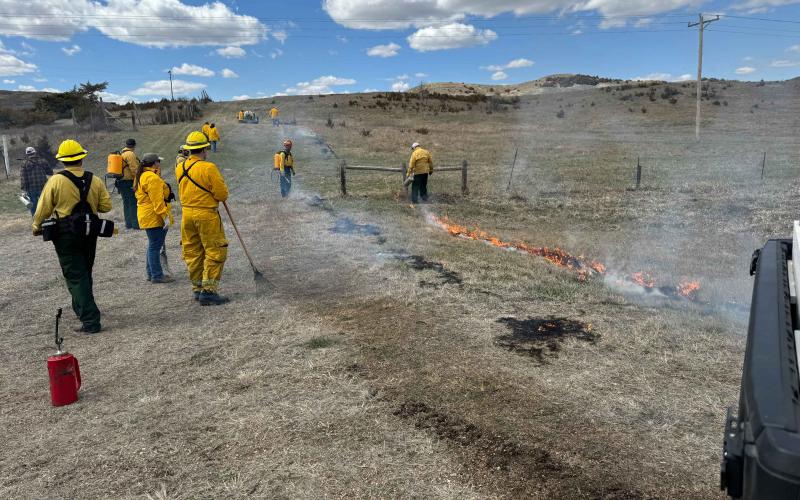
Assessing pasture forage production is a key step in planning harvest strategies and can also inform the manager on the status of wildlife habitat or other grassland values. Online resources, such as the free U.S. Department of Agriculture (USDA) Web Soil Survey, allow landowners to input the perimeters of a pasture or ranch, while the program outputs production estimates based on soils and typical vegetation for the area.
Many producers prefer locally accurate information on their grassland production. One of the most-reliable systems for measuring grassland production on the farm or ranch is to clip and weigh the vegetation. Tools, such as clipping ‘rings’, charts and tables, assist in estimating per-acre production. While important to establishment of base data, annual clipping can be time and labor intensive, thus most producers fail to follow through on long-term clipping to establish production estimates.
As an alternative, grassland managers have developed simplified tools that allow rapid estimation of forage production in grasslands without the need to continuously clip and weigh vegetation. One of these tools is the common ‘grazing stick.’
While all grazing sticks are based on the same general principles, their use can be modified to fit local conditions. The grazing stick utilizes plant leaf height measurements in inches, estimating how many pounds of dry plant material are available per acre. The grazing stick includes simple math to determine herd size, stocking rates and available grazing days. Producers interested in learning more about determining grassland production should work with a mentor or grazing professional to receive coaching and guidance.
|
|
|
|
|
|---|---|---|---|
|
|
|
|
|
|
|
|
|
|
|
|
|
|
|
|
|
|
|
|
|
|
|
|
|
|
|
|
|
|
|
|
|
|
|
|
|
|
|
|
|
|
|||
|---|---|---|---|
| Plant Community |
|
|
|
| Cool-Season and Legume |
|
|
|
| Cool-Season Introduced |
|
|
|
| Cool-Season Native |
|
|
|
| Native Mixed Cool and Warm |
|
|
|
| Warm-Season Native |
|
|
|
* Measure the average height in inches of the vegetative forage in the plant community, not seed head height.
** Stand density refers to the relative closeness of desirable plants.
An excellent stand density will have a cover greater than 85% and be vigorous.
The Healthy Grasslands article series is provided by the South Dakota Grassland Coalition in partnership with SDSU Extension. Contributing editors: Alexander J. Smart, Peter J. Bauman and Joshua Lefers. © South Dakota Grassland Coalition 2017. For more information, view the full publication or visit the South Dakota Grassland Coalition website.


